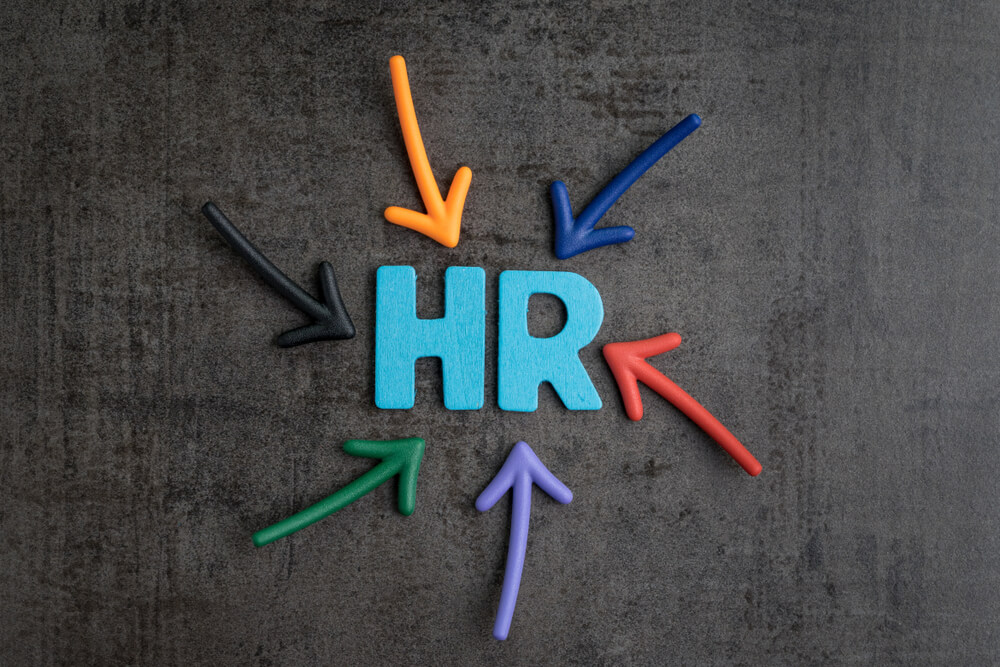
HR managers are always doing a balancing act. On the one hand, there's always too much work to do and seldom enough hands to do it. On the other, you are constantly being asked to trim your budget. Managers and owners often see HR as a cost, not anything with a true ROI. So, what can you do?
Thankfully, there are ways you can do both. You can have it all by saving time for yourself and saving money for your business. Here are some of the best ways to do so:
Increase Retention
The average cost of hiring a new employee is $4,129. That doesn't count a lot of the intangible costs, such as the fact that new hires are never initially as productive as long-term employees.
This means that one of the best ways HR can save money is by avoiding hiring new employees. You do this by increasing retention. That starts by choosing the right candidates in the first place, but the key element here is creating a company culture that will make people want to stick around. Then, you find employees who believe in that culture and fit into it well. Of course, this takes your time, but then you are spending less time writing ads, posting ads, tracking applicants, and checking references. Not to mention time spent processing employees that leave and doing exit interviews.
By increasing retention, you reduce one of the biggest burdens of HR. Some turnover is inevitable as people move on to other stages in their life, but minimizing it will help both your time and your budget a lot.
Automation
We are in the 21st century, but a lot of us are still doing tasks by hand that can be automated. Payroll is an obvious candidate for this, and modern payroll software automates much of the process. However, the best payroll software tends to be expensive, especially for small companies, which is one of the reasons many companies automate payroll. Here are some other things that can be automated:
- Pre-screening resumes. Although everyone grumbles about it, for many companies, pre-screening is the only way to handle the large number of resumes people send out. Using applicant tracking software to eliminate the obviously unqualified candidates while routing the good resumes to the appropriate people can save you a lot of time.
- Time and attendance. Time and attendance software has been around for a very long time, but it continues to get better and better. Good time and attendance software can save time for employees and HR alike when used properly.
As time goes on, more and more HR tasks will be automated.
Consolidate Vendors
Are you outsourcing payroll to one company, benefits administration to another, and your employee database to yet a third? This kind of ad hoc system can develop over time, and before you know it you're now wasting time on dealing with the vendors, paying the bills, etc.
The best answer is to switch to a full-service HR outsourcing solution such as a professional employer organization. By consolidating to one vendor, you save a lot of time and also allow that vendor to have a more integrated look at your entire HR situation so they can suggest improvements.
Outsource HR Functions
Last, but definitely not least, you can outsource more HR functions. Many companies only outsource payroll, but this saves a limited amount of time and tends to have a small or even negative ROI.

If you choose a PEO, however, then you can outsource all of your mundane HR tasks, to a single vendor who has the expertise to help you do HR better. In addition to saving time, they can significantly reduce your budget. PEOs have the unique ability to add your employees to their health plan, providing cost savings and allowing you to offer better benefits. In turn, those better benefits improve employee retention. They can also provide you with improved retirement benefits and lower workers comp premiums.
Thus, a comprehensive HR outsourcing solution helps you save money and time. It also makes the other things on this list much easier, supporting you in all of your efforts to run a good department. It will help you consolidate vendors and automate tasks. PEOs also help increase retention because once all of your mundane tasks are taken off your plate, you can use all that time you suddenly have to build a better company culture.
Outsourcing to a PEO is a win-win situation for HR managers. It's not a threat to your job, but a way to help you do it better and spend more time on the reasons you became a HR professional in the first place.
.jpg)
Laura Platero
Laura serves as the Director of Product Strategy. She is an expert in large scale benefits account management, project management, product development, sales, customer service, and benefits consulting.




